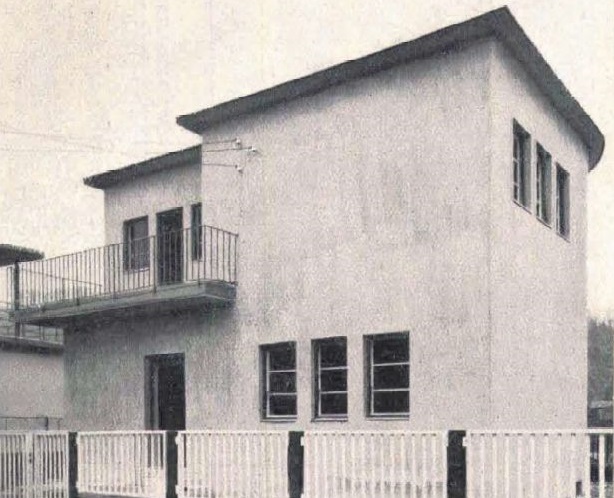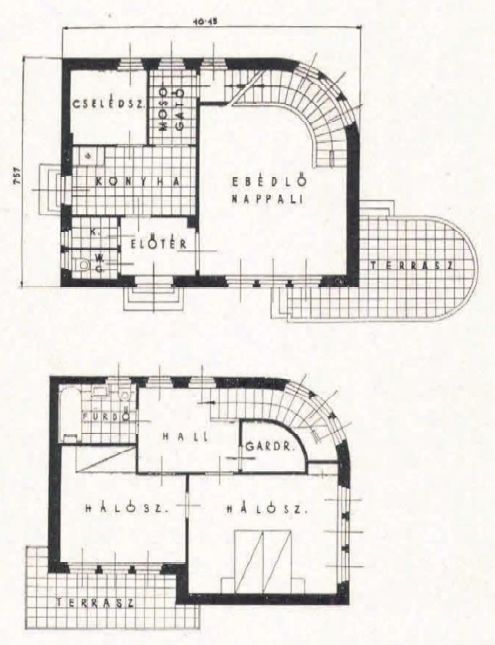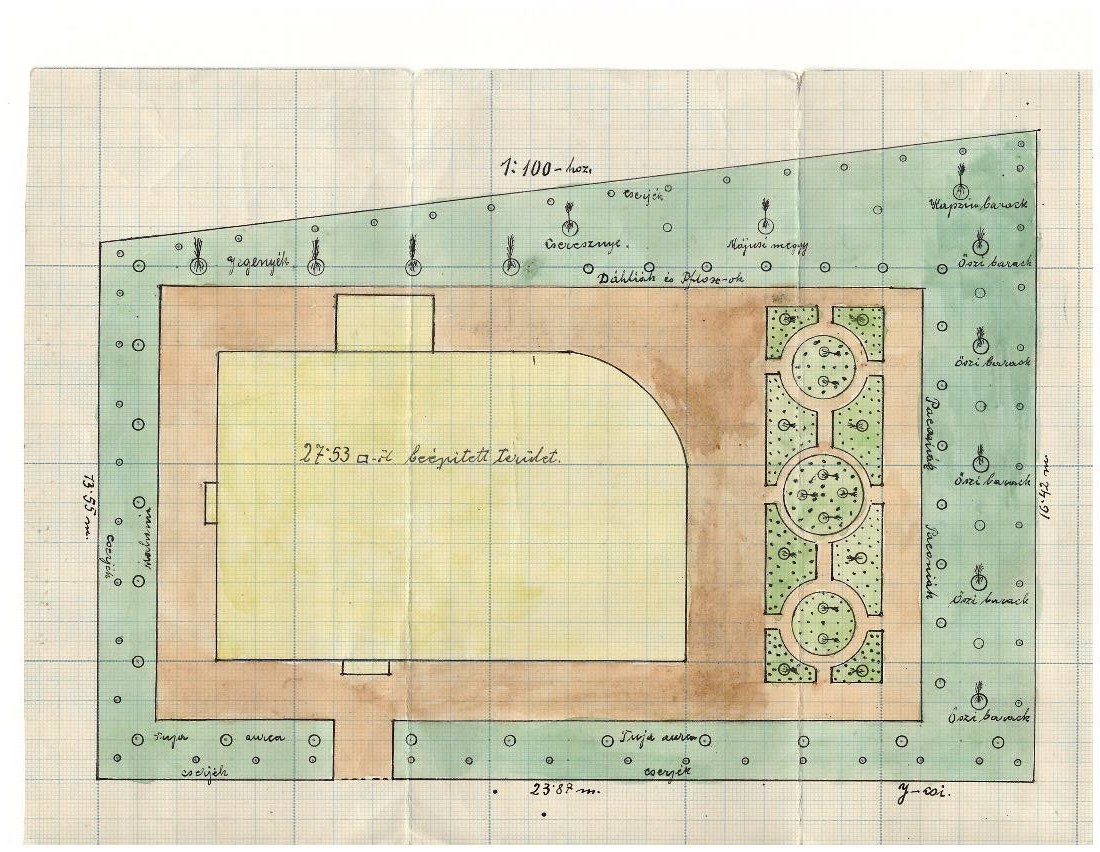Napraforgó street 17. (original number: 19.)
Architect: Alfréd Hajós
Budapest, 1878 – Budapest, 1955, architect, first Olympic champion of Hungary
He studied architecture at the Budapest Technical University but the huge popularity due his success in sports did not make it easy to continue his studies. He received extraordinary permission from the Dean of the university to take part in the 1896 Olympic games as a swimmer. He graduated as an architect in 1899.
He started his career in the office of Ignác Alpár where he worked on the plans of the Museum of Agriculture and of the house at Báthory street 9. Some years later he continued his career at the master of national art nouveau, Ödön Lechner. In 1907 János Villányi invited him to join his office. Until the 1st World War numerous buildings of different style and function were built based on their plans. Their first plan which was realized is the Hungarian headquarters of the Reformed Church. In 1910 they were commissioned to make plans for the reconstruction of Hotel Aranybika in Debrecen and they were also responsible for the building works. They received commissions for several other buildings.
In 1922 his first plan for a sports facility, the football stadium of team UTE at Megyeri street was realized. This was the first Hungarian facility which was named „stadium” and which was built using reinforced concrete. In 1929 the council of Budapest announced a contest to build an indoor swimming pool, and he won both the first and third prizes. Beside the National Sport Swimming Pool, which is considered his masterpiece, he designed a great number of open-air pools and bathes. After the 2nd World War he restored the ruined houses of his master, Ignác Alpár. In the 50s he worked in the Agricultural Planning Office. His last work was the community house of the Kelenföld Thermal Power Station. He was awarded the Architectural Gold Diploma for his lifelong work. In 2010 he was awarded a posthumous Ybl prize.
Source of photos: Tér és Forma 1931/10, 305-326, Vékás András, Megyeri Gábor
Source of ground-plans: Tér és Forma 1931/10, 305-326






